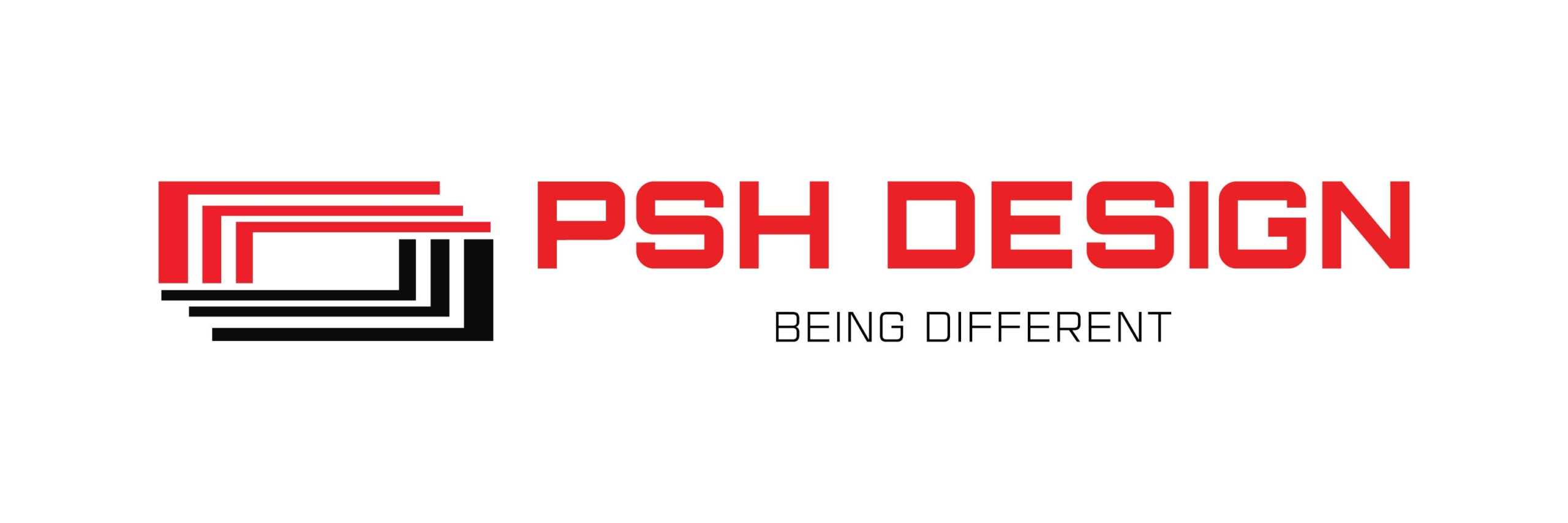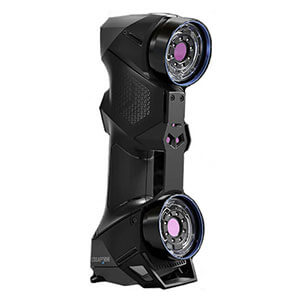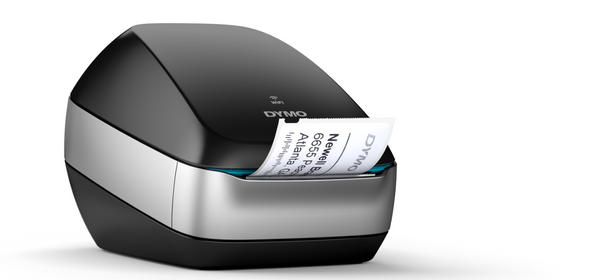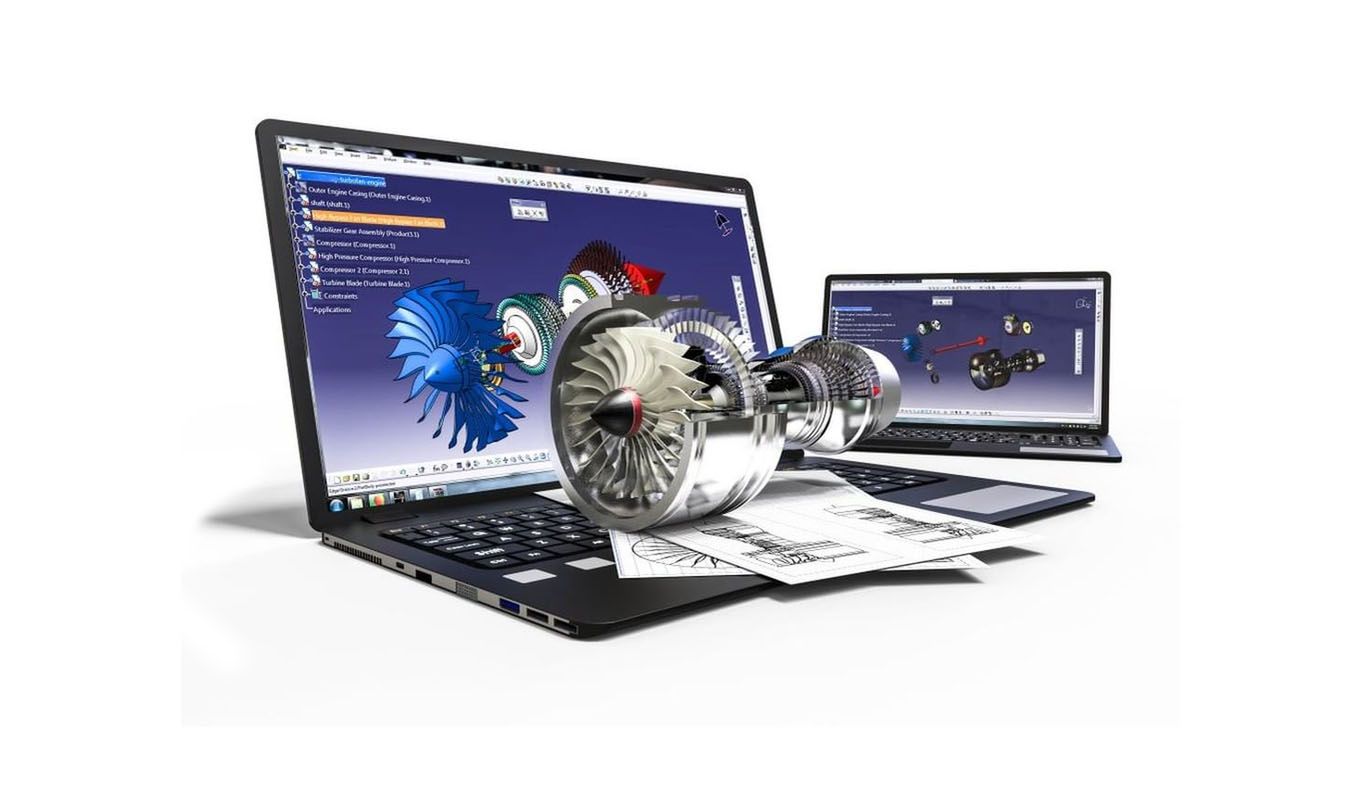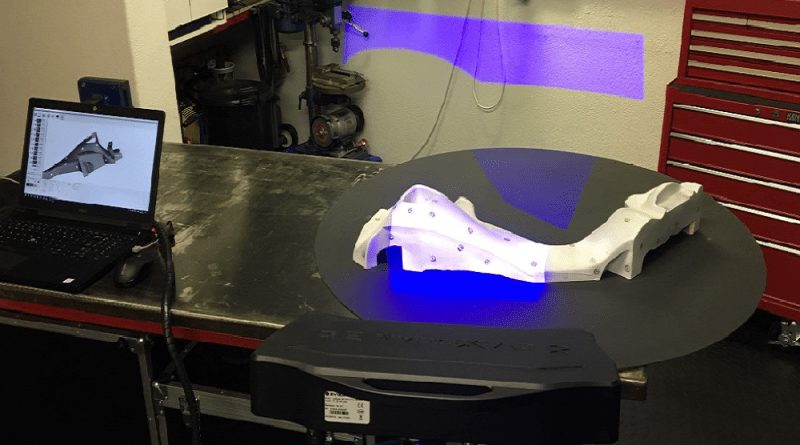The Automotive Body-In-White Market is Segmented by Vehicle Type (Passenger Vehicles, Commercial Vehicles), by Propulsion Type (IC Engine, Electric Vehicles), by Material Type (Aluminum, Steel, Composites, Others), by Material Joining Technique (Welding,Clinching, Laser Brazing, Bonding, Others), and by Geography (North America, Europe, Asia- Pacific and Rest of the World). The report offers market size and […]
AUTOMOTIVE BODY-IN-WHITE MARKET – GROWTH, TRENDS, COVID-19 IMPACT, AND FORECASTS (2021 – 2026)
AUTOMOTIVE BODY-IN-WHITE MARKET – GROWTH, TRENDS, COVID-19 IMPACT, AND FORECASTS (2021 – 2026)
The Automotive Body-In-White Market is Segmented by Vehicle Type (Passenger Vehicles, Commercial Vehicles), By Propulsion Type (IC Engine, Electric Vehicles), By Material Type (Aluminum, Steel, Composites, Others), By Material Joining Technique (Welding, Clinching, Laser Brazing, Bonding, Others), and by Geography (North America, Europe, Asia- Pacific and Rest of the World). The report offers market size and forecast for the Automotive Body-in-White market in value (USD billion) for all the above segments.
Market Snapshot
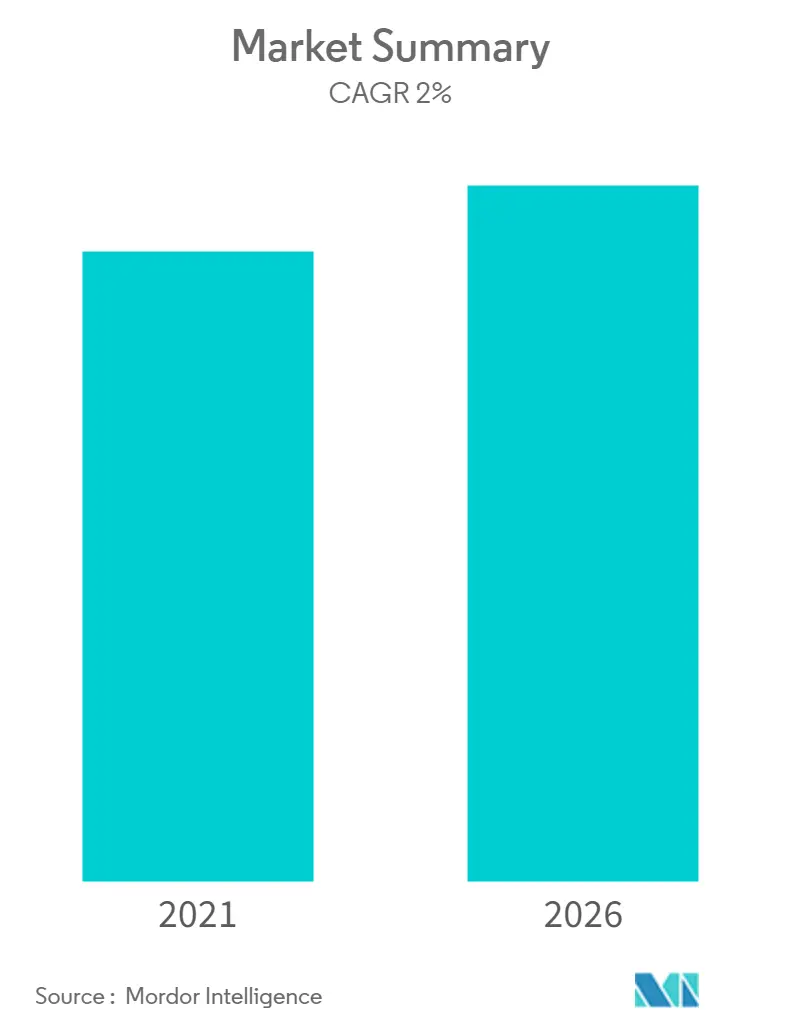

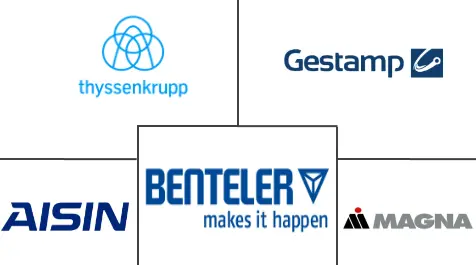

Market Overview
The Automotive Body-In-White Market was valued at USD 78 billion in 2020 and is expected to reach USD 89 billion by 2026 registering a CAGR of 2% during the forecast period (2021 – 2026).
The impact of the COVID-19 pandemic has hindered the growth of the automotive body-in-white market due to the shut down of manufacturing facilities and disruption of the supply chain across various parts of the world. However, the Automotive body in the white market is expected to grow at a steady rate during the forecast period due to the increasing production of automobiles such as passenger cars, commercial vehicles,s, and electric vehicles.
Automakers are investing in research and development to improve the fuel efficiency of vehicles by reducing their weight through the use of lightweight materials, which is anticipated to drive the growth of the market. Apart from this, the body in white is an integral structure for all automobiles and hence, the development of the automobile sector will also add to the growth of the global body in the white market.
Asia-Pacific region anticipated having significant growth during the forecast period owing to the government initiatives in countries India, China as it will promote manufacturing and contribute to the growth of this market. However, Europe is expected to be the fastest-growing region due to the rising demand for electric vehicles in the region.
Scope of the Report
Automotive Body-in-white refers to the phase in automotive manufacturing in which the sheet metal body components of an automobile have been welded together. In other words, the automotive body in white is the frame structure of the automobile before painting and assembly of the engine, chassis, glass, seat, doors, hood, and other such sub-assemblies.
The scope of the report covers segmentation based on Vehicle Type, Propulsion type, Material type, Material Joining technique, and Geography. By Vehicle Type, the market is segmented into Passenger Vehicles and Commercial Vehicles. By Propulsion Type, the market is segmented into IC Engine, Electric Vehicles. By Material Type, the market is segmented into Aluminum, Steel, Composites, and Others.
By Material Joining Technique, the market is segmented into Welding, Clinching, Laser Brazing, Bonding, Others and By Geography, the market is segmented into North America, Europe, Asia- Pacific and Rest of the World. For each segment, the market sizing and forecast have been done on basis of value (USD billion).
Key Market Trends
The rise in the Use of Lightweight and Cost-Effective Materials
The conventional metallic materials of the body in white (BIW) structural components are getting replaced by lightweight materials such as lightweight steels, fiber-reinforced plastics, and alloys of aluminum and magnesium for all types of vehicles, ranging from commercial trucks to passenger cars and from gasoline-powered vehicles to electric vehicles. The primary driving force behind this improvement is the rising demand for fuel-efficient vehicles along with the stringent emission and safety regulations.
Stringent emission standards across developing & developed nations are fueling the demand for lightweight vehicles. To further comply with stricter emissions and fuel economy standards automobile manufacturers are focusing on reducing the overall weight of the car and enhancement of fuel efficiency resulting in the growth of the body in white (BIW) market. For instance,
- In June 2019, Gestamp (Spain-based manufacturer and developer of metal parts) inaugurated a new plant in Nitra (Slovakia) specializing in aluminum. The company invested approximately EUR 130 million for this new facility which intends to serve Jaguar.
- Land Rover (JLR) recently started operations in Slovakia with its focus on developing the automotive body-in-white market in the region. The plant manufactures several skin panels and structural parts for the body made mainly using aluminum and steel.
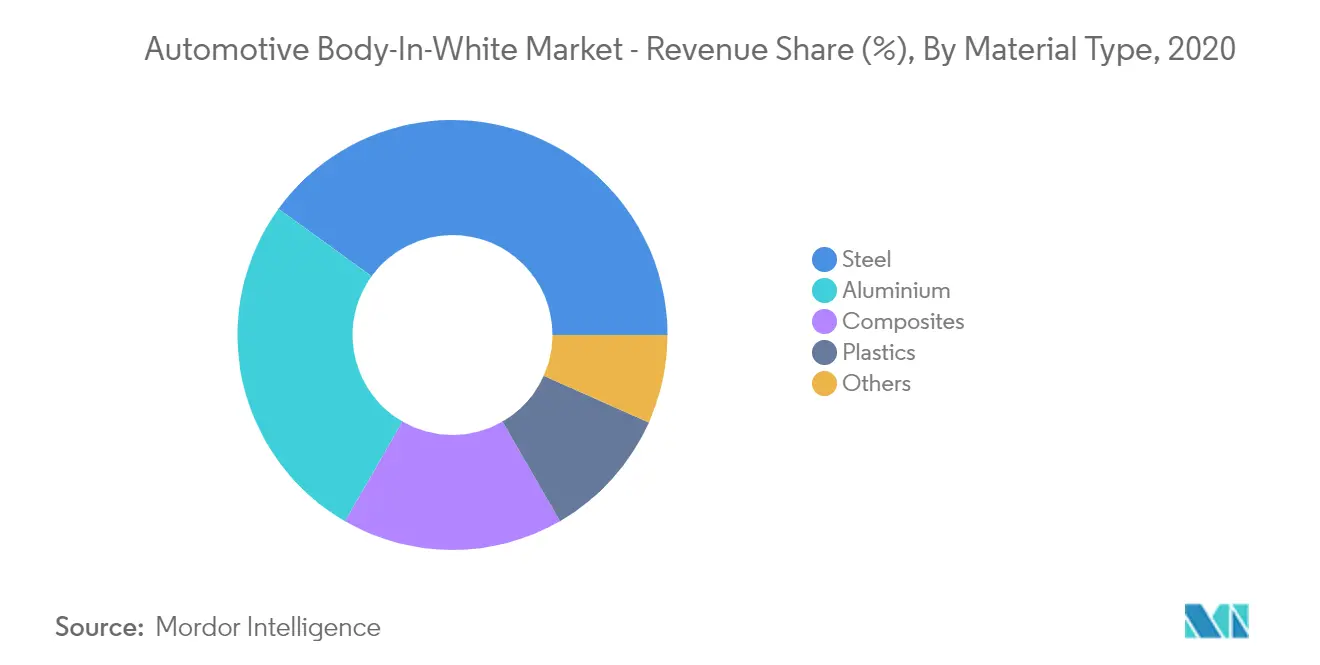

Asia-Pacific Region to Exhibit the Highest Growth Rate
The Asia Pacific region is expected to be the largest market for the body in white in the world. This market has witnessed rapid year-on-year growth, even with a slowdown in the production of passenger cars; however, the other vehicle segments have been steadily growing, and there is no adverse impact on the market revenue with the increase in the adoption of lightweight solutions.
China has been the major contributor to the Automotive body-in-white market in the Asia-pacific region, with approximately 25 million cars produced every year. It is the largest revenue generator for the market. However, Japan is estimated to be the fastest-growing market with the adoption of strong emission regulations and the purchase of electric vehicles with lightweight solutions, which makes the region the largest revenue market for BIW globally.
The Asia-Pacific is also the fastest developing market in automotive robotics, with countries such as India, China, Taiwan, and South Korea evolving as the leaders in this region. Leading vendors, such as ABB and KUKA, are instituting the region as their operation’s base. Furthermore, government regulations and funds have empowered projects to improve the infrastructure. These aspects have made Asia-Pacific the favored automotive manufacturing hub, which will drive the automotive body-in-white market in the future.
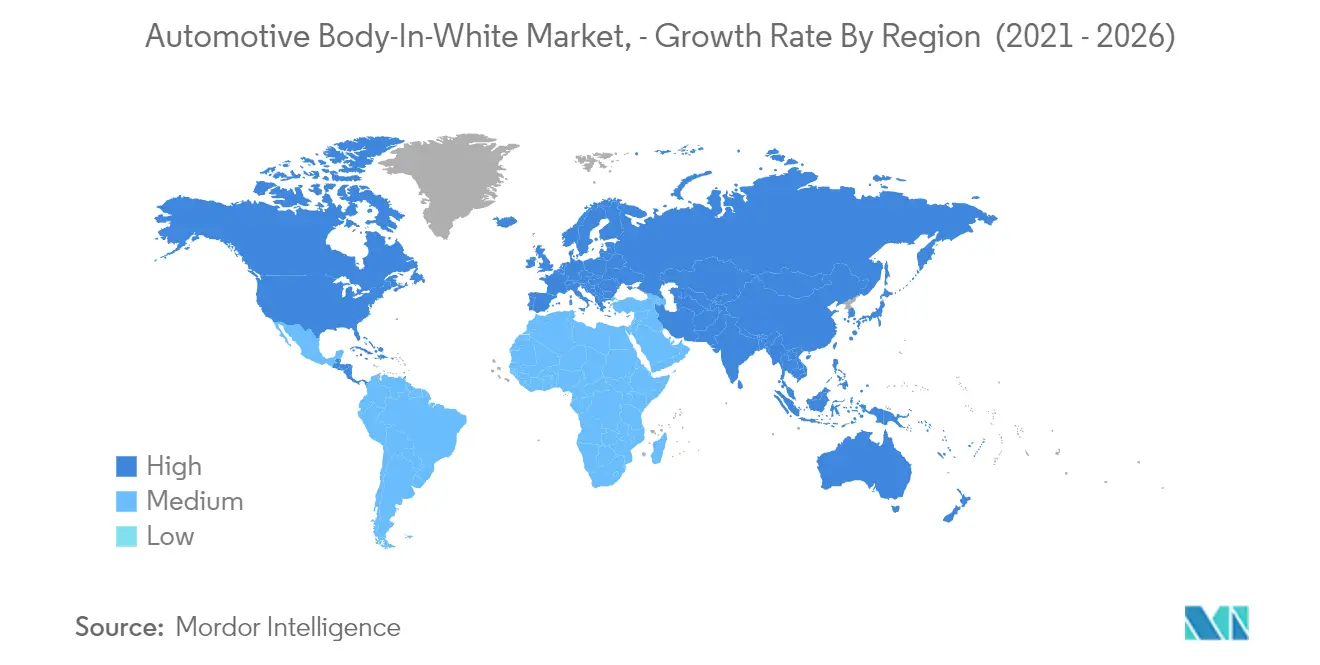

Competitive Landscape
The automotive body-in-white market is consolidated and is led by globally and regionally established players such as Thyssenkrupp AG, Gestamp Automicion SA, Benteler International, Magna International Inc and AISIN SEIKI Co., Ltd. These companies have strong distribution networks at a global and regional level. In addition, these companies offer an extensive product range in this market.
These companies adopt strategies such as new product developments, collaborations, and contracts & agreements to sustain their market position. For instance,
- In August 2019, Impression Technologies Limited (ITL) entered into a partnership with Fischer Group. Under this partnership, Fischer Group will manufacture body-in-white components using Hot Form Quench (HFQ) for OEMs serving new markets such as electric vehicles.
- In June 2019, Benteler (Austria-based provider of automotive and steel products) opened a new plant in Mos, Spain. The company’s new plant is part of the automotive division and intended to manufacture rear-axle components for a new platform of PSA (a global automotive manufacturer). Further, the production in Mos will focus on painting, welding, and laser cutting.
Major Players
- Thyssenkrupp AG
- Magna International Inc.
- Aisin Seiki co ltd
- Gestamp
- Benteler International
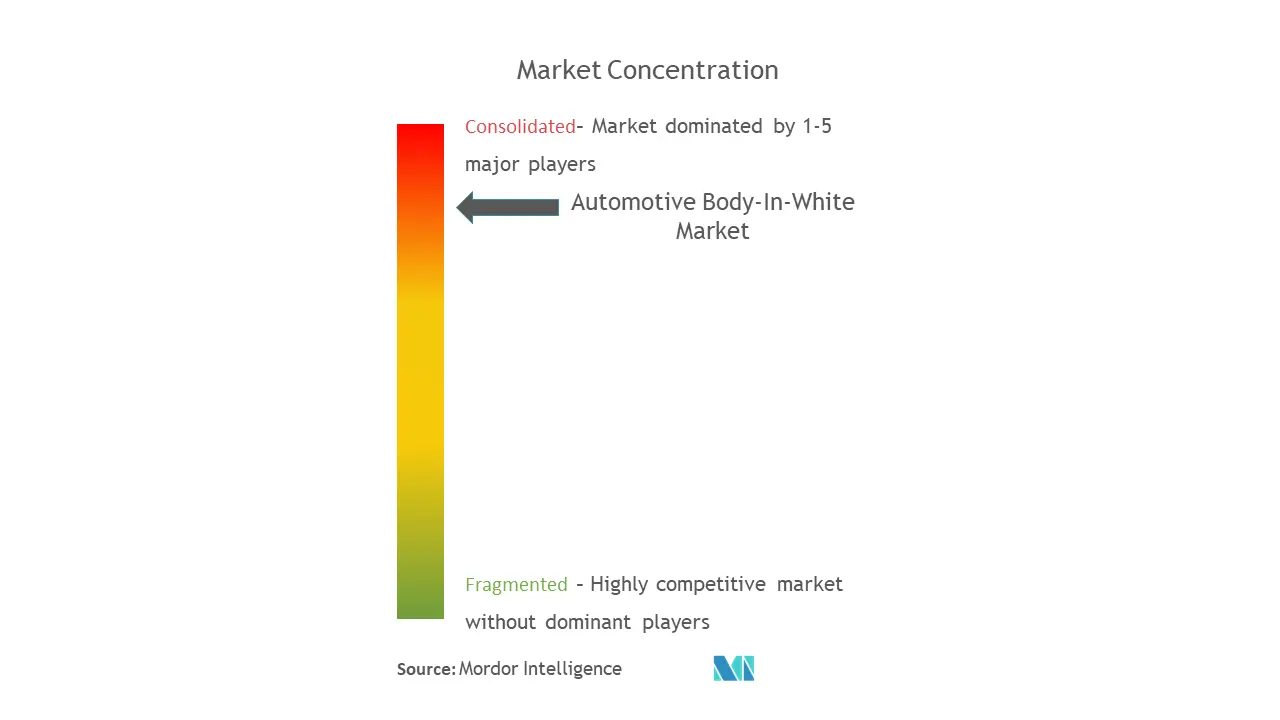

Recent Developments
- In November 2020, Solvay announced the development of manufacturing technologies, composite designs, and materials with Penso. The technology, designs, and materials will be used in the large-scale manufacturing of multi-material body-in-white body structures.
- In August 2019, Impression Technologies Limited (ITL) entered into a partnership with Fischer Group. Under this partnership, Fischer Group will manufacture body-in-white components using Hot Form Quench (HFQ) for OEMs serving new markets such as electric vehicles.
Content retrieved from: https://www.mordorintelligence.com/industry-reports/automotive-body-in-white-market.
